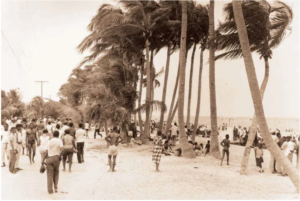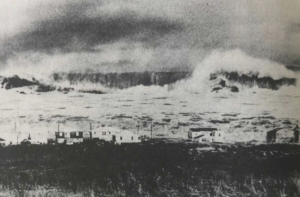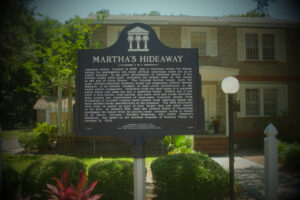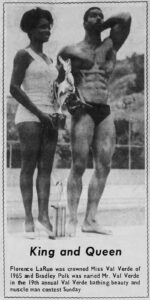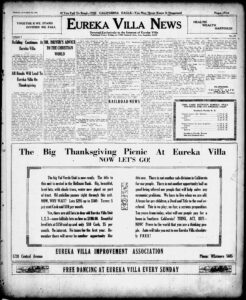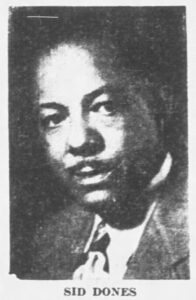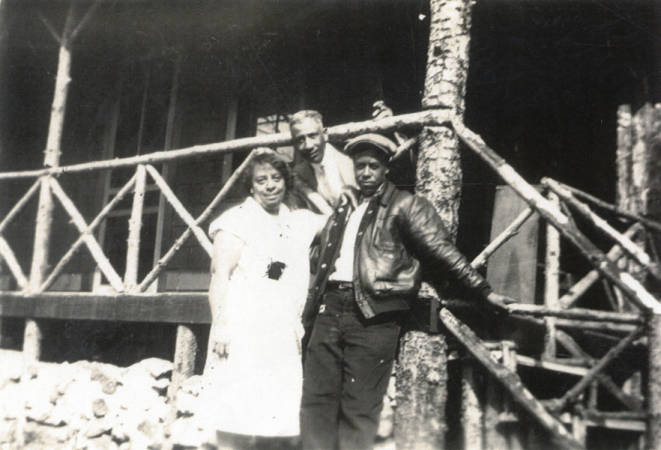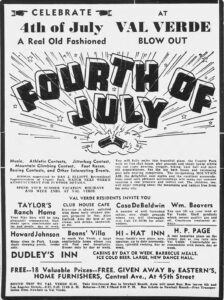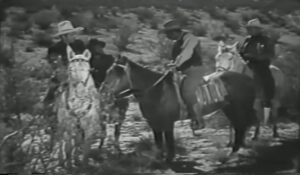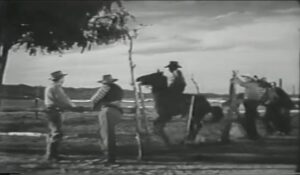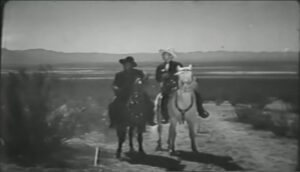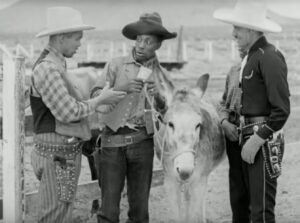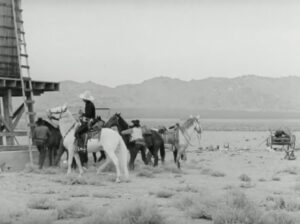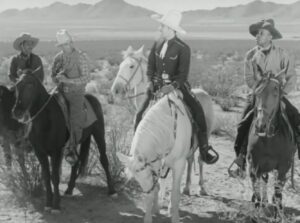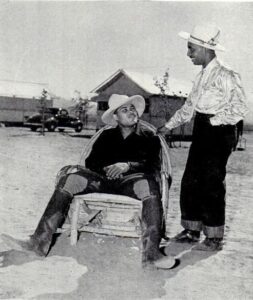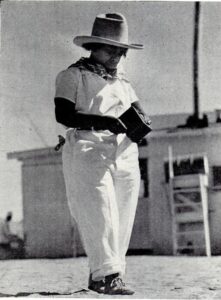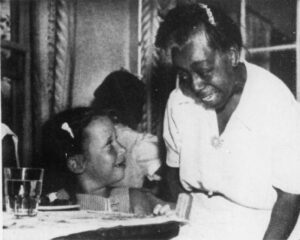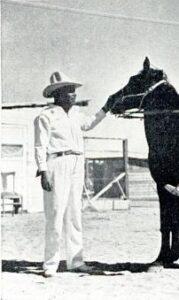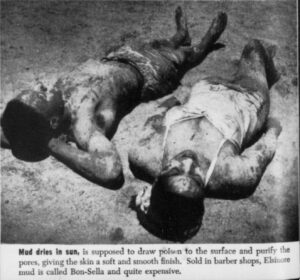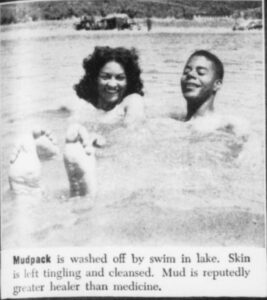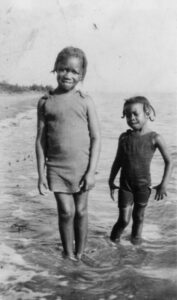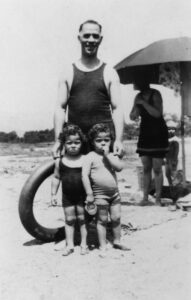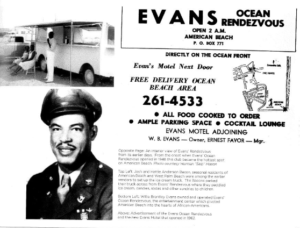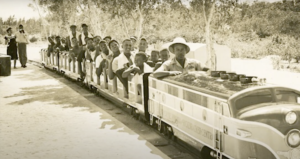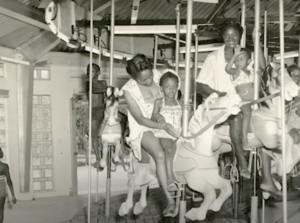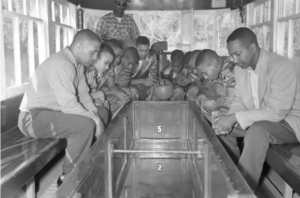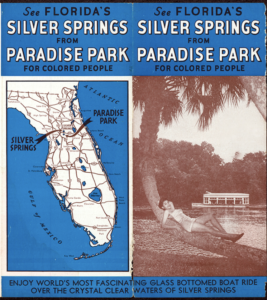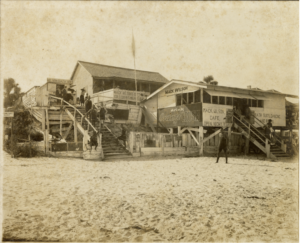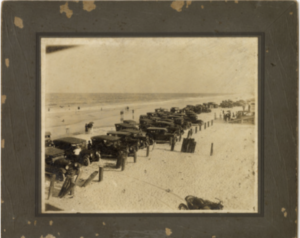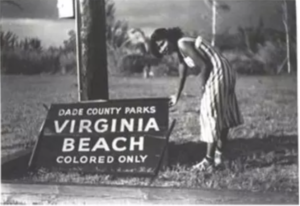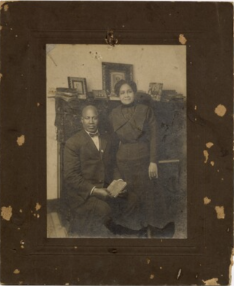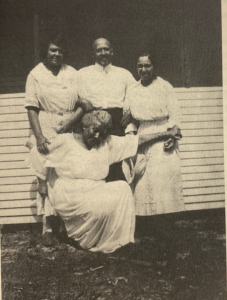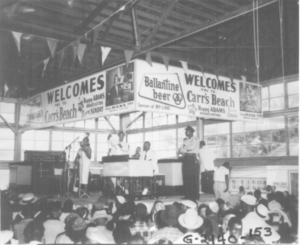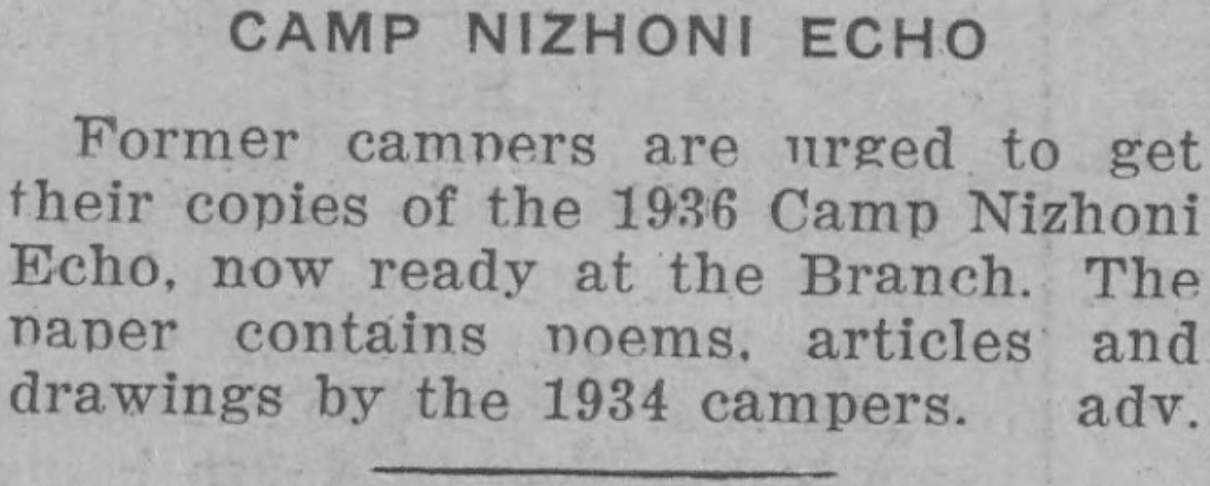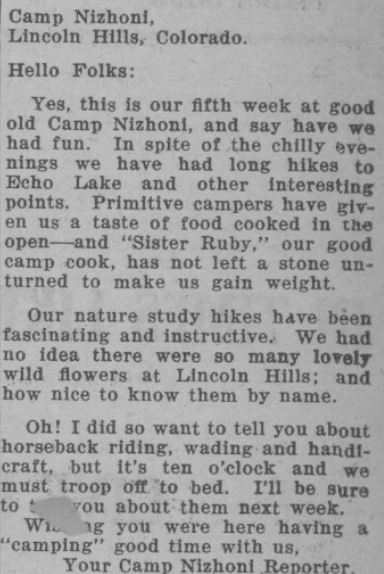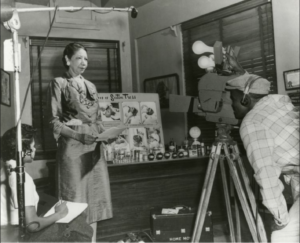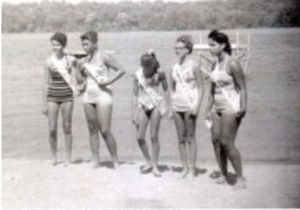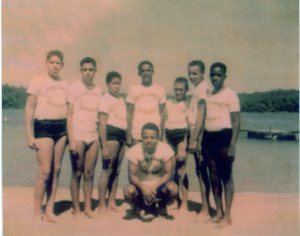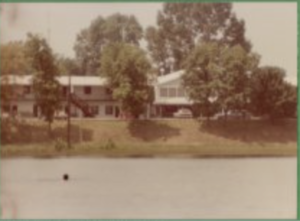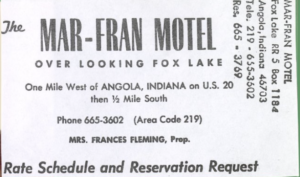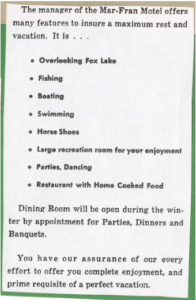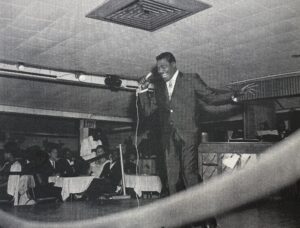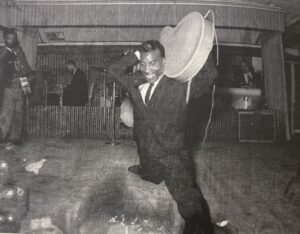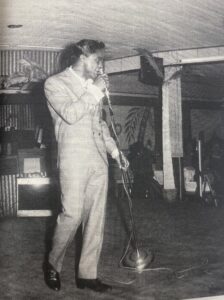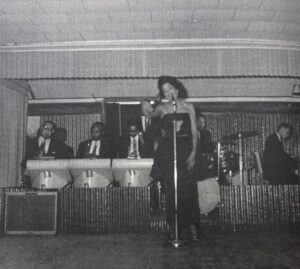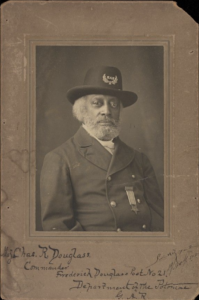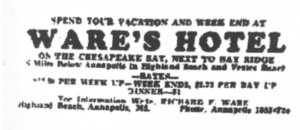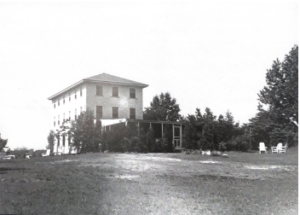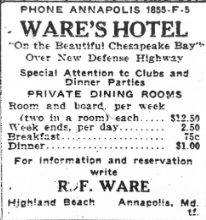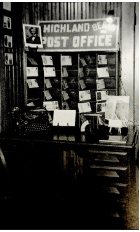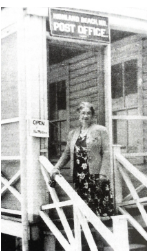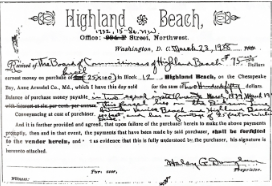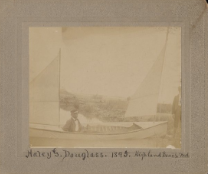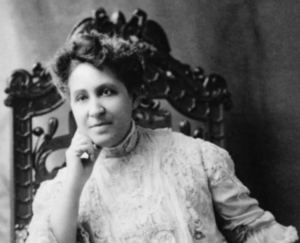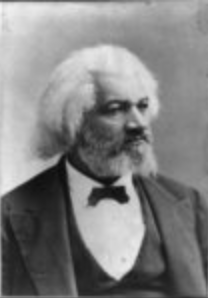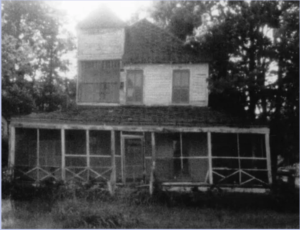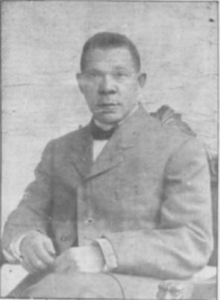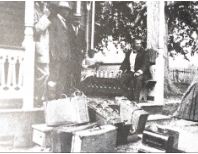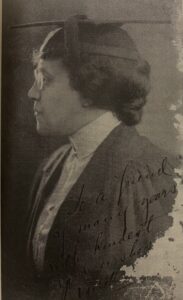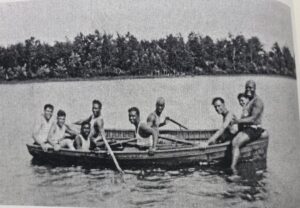
Martha’s Vineyard
Martha’s Vineyard is an island in Dukes County, Massachusetts, famous for its natural beauty. It is filled with rolling hills, wildflower fields, colorful gingerbread cottages, and a pristine coastline, and it boasts a rich cultural history. The island is ideal for Black vacationers and their families who want to escape to a cool island paradise. Martha’s Vineyard has a rich history of Black culture and heritage. It dates back to the American Revolution with the story of Sharper Micheal followed by stories of emancipation, such as the inspiring tale of John Saunders and the Underground Railroad, which includes the story of Ester. The Vineyard also has stories of African American history during the Civil War, leading all the way to the first Black president vacationing at Martha’s Vineyard. These stories make the Vineyard a perfect leisure spot and a great opportunity to learn about Black heritage. Martha’s Vineyard offers countless options for visitors, such as summer homes, stores, churches, wonderful refreshments, carnivals, and beaches. The Vineyard was a safe haven and home to many well-known figures in the Black community. Some of the popular spots on the island include the Powell Cottage, Villa Rose, The Overtoun House, Inkwell Beach, and many more, which continue to offer unique and rich moments to visitors.
Martha’s Vineyard held the hearts of all its visitors and inspired them to create refuge and a long period of relaxation for their community and families despite racial tensions. In 1912, The Shearer Cottage was established by Charles Shearer and Henrietta Shearer in Oak Bluffs. In the past, Black folks came to Massachusetts as indentured servants or to escape enslavement and settled at the Vineyard. The Shearers were known for their generous hospitality towards visitors, providing family-style meals, airy rooms, a tennis court, and affordable housing. African Americans who were often denied rooms at local hotels and inns were welcomed at The Shearer Cottage. The establishment became quite successful, and Henrietta even owned her own laundry and delivery business on the Vineyard, catering to wealthy white women in the Highlands. The Shearer Cottage was frequented by many well-known summer residents, including Harry T. Burleigh, A.C. Powell, Ethel Waters, Lillian Evanti, William Lewis, Adam Clayton Powell Sr, and many others. The cottage is owned by a fourth-generation innkeeper and is currently under renovation.”The opening of Shearer Cottage gave a strength and endurance to the summer community of this period, as has the leadership of Reverend Denniston to the year-round residents.” 1
Although Martha’s Vineyard was safe for African Americans, there was still discrimination happening on the island. In parts of Oak Bluffs, there were laws that limited Black folks to owning land, and segregation was heavily practiced. Nonetheless, African Americans continued to create their own spaces, such as a gingerbread house called Aunt Georgia’s House. Run by Mrs. Georgia O. Brian and Ms. Luisa Izett, the guest house was a resting place full of life, hosting dances and card parties where visitors could let loose and be themselves. Only seven dollars or less for room and board, if visitors needed a place to rest, this inn was the perfect place for visitors of Martha’s Vineyard to feel welcomed and experience a peaceful vacation away. The woman who continued the legacy of Mrs. Brian and Ms. Izett influenced the economy in Oak Bluffs, which helped many folks be able to live, work, and vacation there. The inn is now called The Tivoli Inn, continuing its bed and breakfast hospitality.
Another well-known spot on the island was Reverend Oscar Dennison’s Bradley Memorial Church. Upon arriving with his wife Charlotte at Martha’s Vineyard in 1900, he founded the first African American church and named it after its founder, Susan Class Bradley. Folks were provided buses to the church for visitors and those who worked at the Vineyard. The church was an integral part of the island community for half a century and “considered an invaluable anchor in the vibrant history of Portuguese, Cape Verdean, Wampanoag, and African American life on Martha’s Vineyard.”2 The non-denominational church also served the community’s social, cultural, and economic needs. The church became the center of Black summer life, making Oak Bluffs one of the top places to be as folks gathered outside the church, blocking traffic. Visitors came from all over as the Vineyard residents were given spiritual guidance, community, and a place to practice freely. The church is closed and is currently being restored.
The Powell Cottage, known as “The Bunny House,”3 was built in 1895. A known spot in Oak Bluffs, Adam Clayton Powell and his wife Isabel W. Powell purchased the cottage in 1937. The Powells housed many artists, family, and friends, such as Matthew Henson and Louis Armstrong. Isabel Powell was known to have “serve[d] her chosen guests with amazing ‘bloody marys’ for which she is justly famous,..”4 and Adam Powell for his sermons. The Powell Cottage is now part of the historical trail on the island. Adam Powell was known for his social justice work alongside Martin Luther King, Jr., who vacationed at Villa Rosa: The Overton House, owned by Harlem union organizer Joe Overton. Built in 1875, it later became known in the 1930s as the “Summer White House of the Civil Rights Movement,”5 housing many civil rights activists. Currently, Villa Rosa is owned by Valerie Mosley and is dedicated to Dr. King and the legacy of social justice and Black leisure on the island. Harlem welcomed many visitors and homeowners over the years, including Dorothy West in 1943. She owned a house in Cape Cod, where she wrote her book The Living is Easy and contributed to the Vineyard Gazette. Today, the Dorothy West house is part of the African American Heritage Trail of Martha’s Vineyard, which was established in 1998 to educate future generations.
Martha’s Vineyard continues to be an adored, restful spot for African Americans and those of diverse backgrounds to find solace. Regardless of the difficulties faced by Jim Crow and segregation, African Americans have been able to create their own communities and spaces. The Vineyard history shows African Americans’ long legacy of resistance and determination for revolutionary rest and Black life.
Laurie Perry Henry. “Bradley Memorial Church.” National Association for the Advancement of Colored People of Martha’s Vineyard, July 10, 2011. http://marthasvineyardnaacp.com/nmv.bradley.html.
Mark Alan Lovewell. “Dorothy West’s East Chop Highlands Home.” The African-American Heritage Trail of Martha’s Vineyard, August 11, 2017. https://mvafricanamericanheritagetrail.org/trail-sites/dorothy-wests-east-chop-highlands-home/.
Matt Menne. “121 Lower Circuit Ave.” MV African-American Heritage Trail, August 11, 2017. https://mvafricanamericanheritagetrail.org/trail-sites/121-lower-circuit-ave/.
Emily Midorikawa. “Zora Neale Hurston and Dorothy West.” Something Rhymed Celebrating Female Literary Friendship, June 30, 2020. https://somethingrhymed.com/2020/06/30/zora-neale-hurston-and-dorothy-west/.
Nicholas Som. “Shearer Cottage and the Rich African American Heritage of Martha’s Vineyard: National Trust for Historic Preservation”, January 29, 2019. https://savingplaces.org/stories/shearer-cottage-and-the-rich-african-american-heritage-of-marthas-vineyard.
“Town of Oak Bluffs.” MV African-American Heritage Trail, January 20, 2021. https://mvafricanamericanheritagetrail.org/trail-sites/town-of-oak-bluffs/.
List of Images
- Cover photo- “The Inkwell.” Hayden, Robert C. African-Americans on Martha’s Vineyard: A History of People, Places and Events. Boston, MA: Select Publications, 2005.
- Featured photo- “The Inkwell.” Hayden, Robert C. African-Americans on Martha’s Vineyard: A History of People, Places and Events. Boston, MA: Select Publications, 2005.
- Featured photo- “MV African-American Heritage Trail.” MV African-American Heritage Trail. Accessed May 30, 2024. https://mvafricanamericanheritagetrail.org/.


- Dresser, Tom. African Americans of Martha’s Vineyard: From Enslavement to Presidential Visit. Charleston, SC: The History Press, 2010. ↩︎
- Ibid. ↩︎
- The Vineyard Gazette. “Isabell & Adam Clayton Powell Cottage.” MV African-American Heritage Trail, August 11, 2017. https://mvafricanamericanheritagetrail.org/trail-sites/isabell-adam-clayton-powell-cottage/.
↩︎ - Dresser, African Americans of Martha’s Vineyard, 2010. ↩︎
- “Town of Oak Bluffs.” MV African-American Heritage Trail, January 20, 2021. https://mvafricanamericanheritagetrail.org/trail-sites/town-of-oak-bluffs/. ↩︎



